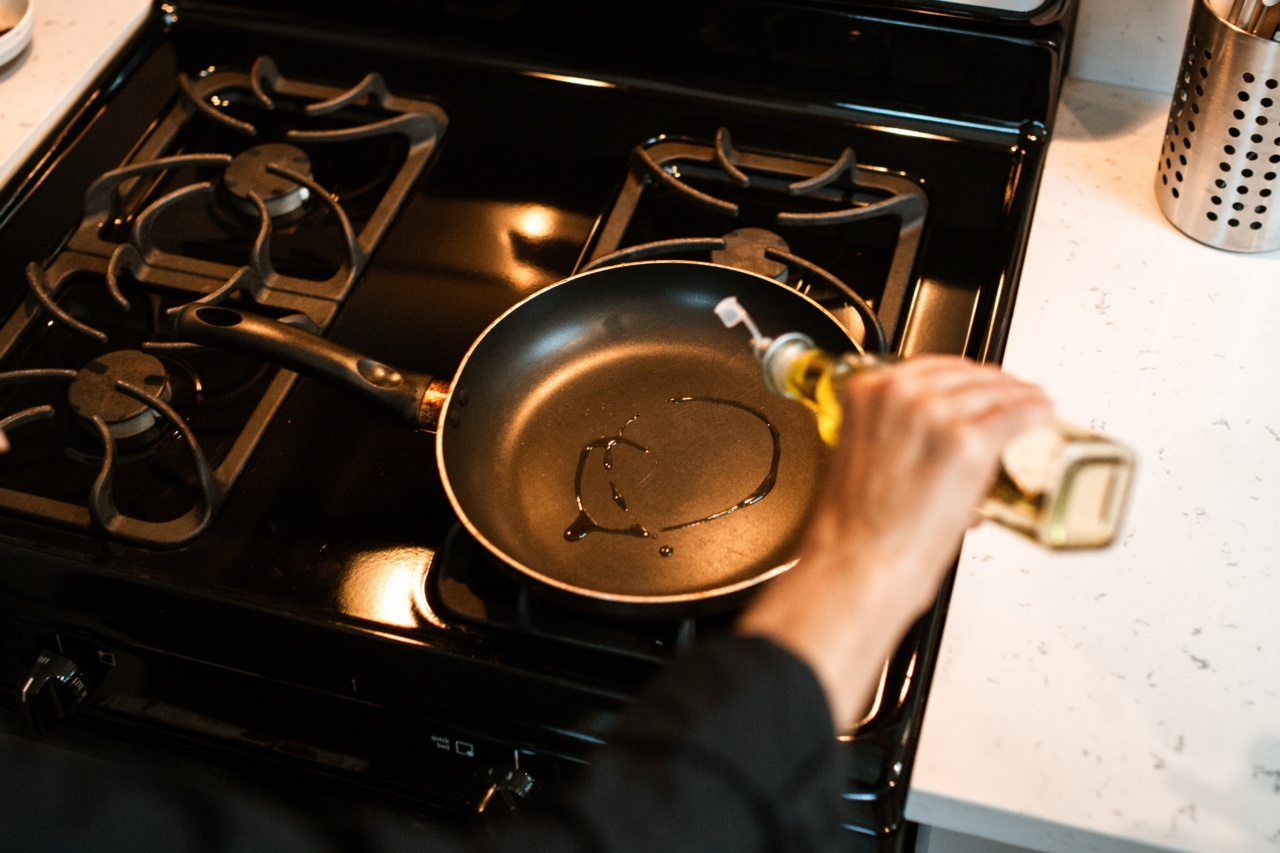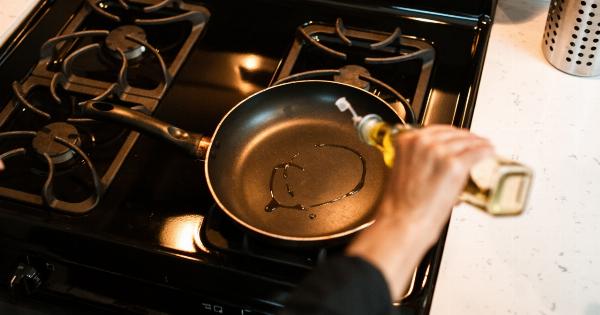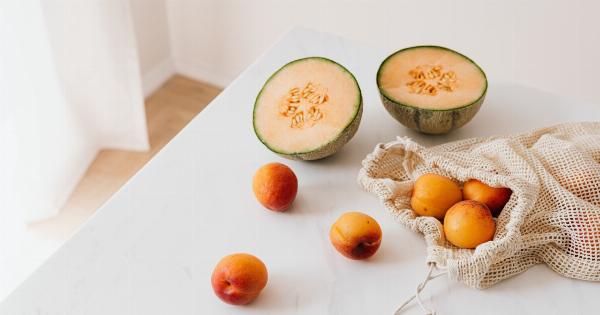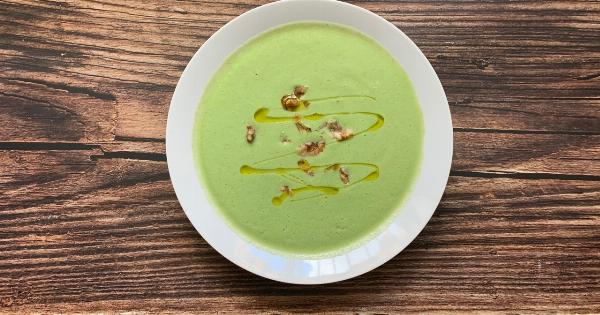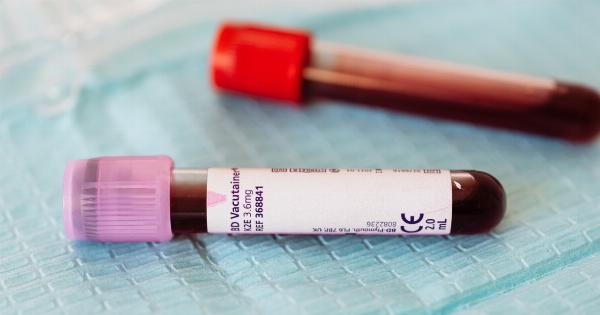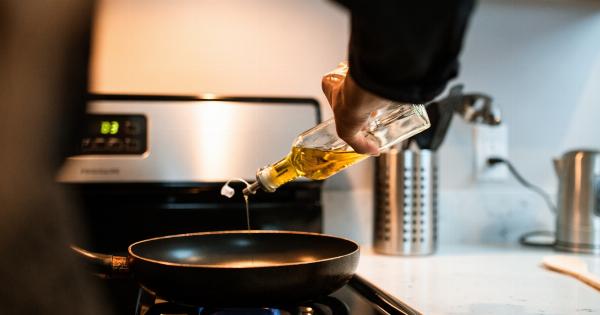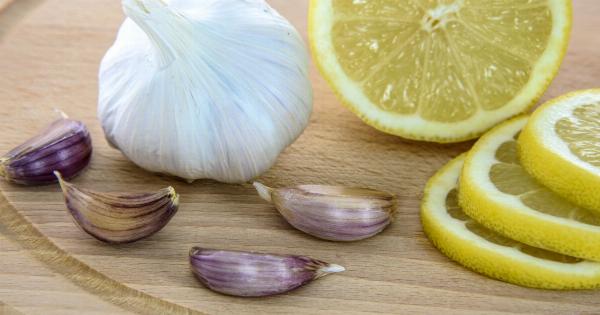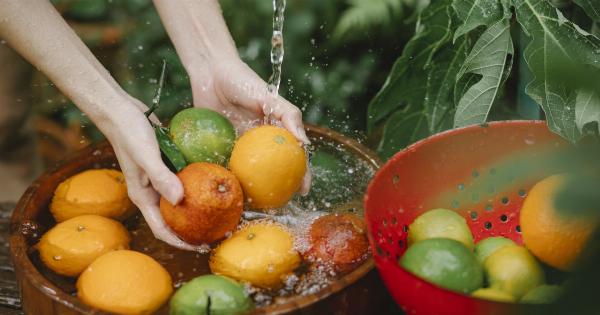Olive oil has been a prized commodity since ancient times, with its health benefits and culinary versatility making it an essential ingredient in kitchens around the world. However, not all olive oils are created equal.
Some are of high quality, while others are of poor quality. In this article, we will be discussing how to distinguish good olive oil from bad olive oil.
What Makes Olive Oil Good or Bad?
The quality of olive oil depends on various factors such as:.
- The type of olive
- The region where it was grown
- The harvesting method
- The processing method
Let us discuss each factor in detail:.
Type of Olive
The type of olive used to make the oil can significantly affect the oil’s flavor, aroma, and quality. There are hundreds of varieties of olives, but only a few are commonly used to make olive oil. The most common varieties include:.
- Picholine
- Arbequina
- Kalamata
- Koroneiki
- Frantoio
- Leccino
Each variety has a unique flavor profile, which impacts the quality of the oil. It is essential to use high-quality olives to produce high-quality olive oil.
Region Where the Olives Were Grown
The region where the olives were grown can significantly impact the quality of the olive oil. Climate, soil, and other environmental factors can dramatically affect the olives’ flavor and nutrient content.
Some of the most popular regions for the production of high-quality olive oils include:.
- Italy
- Spain
- Greece
- France
- Turkey
- Tunisia
When selecting an olive oil, it is essential to consider the region where the olives were grown to ensure that you get a high-quality product.
Harvesting Method
The method used to harvest olives can also impact the quality of the oil. There are two main methods of harvesting olives:.
- Hand-picking
- Mechanical harvesting
Hand-picking is the preferred method for producing high-quality olive oil as it ensures that only the ripest olives are picked.
Mechanical harvesting, on the other hand, may result in the harvesting of both ripe and unripe olives, which can negatively impact the flavor and quality of the oil.
Processing Method
The processing method used to extract the oil from the olives can significantly impact its quality. There are two main methods of processing olive oil:.
- Cold-pressed
- Chemically Extracted
Cold-pressed olive oil is considered the highest quality as it is extracted through a natural process that does not involve chemicals or excessive heat. This method results in an oil that retains its nutritional and aromatic properties.
Chemically extracted olive oil involves the use of solvents and heat, which can negatively impact the oil’s quality and nutritional value.
How to Distinguish Good Olive Oil from Bad Olive Oil?
Now that we have discussed the various factors that impact the quality of olive oil let us discuss how to distinguish good olive oil from bad olive oil:.
1. Check the Label
One of the easiest ways to determine the quality of olive oil is to check the label for the following information:.
- The type of olive used
- The region where the olives were grown
- The harvesting method used
- The processing method used
If the label provides this information, it is more likely that the olive oil is of high quality. However, if the label only provides vague information such as “extra virgin olive oil,” it may be of lower quality.
2. Smell the Oil
Another way to determine the quality of olive oil is by smelling it. Good quality olive oil should have a fresh, fruity, and grassy aroma. If the oil smells musty or rancid, it is likely of poor quality and should be avoided.
3. Taste the Oil
Tasting the olive oil is the best way to determine its quality. Good quality olive oil should have a clean, fresh, and fruity flavor with a slight bitterness and peppery finish.
If the oil tastes sour, rancid, or greasy, it is likely of poor quality and should be avoided.
4. Check the Color
The color of olive oil can also give you an indication of its quality. Usually, high-quality olive oil is golden green, while lower quality olive oil is typically yellow and greener.
However, color alone should not be used to determine the oil’s quality, as color can be affected by several factors such as the type of olive and the region where it was grown.
5. Check the Date of Production
Olive oil is best consumed fresh, as it can deteriorate over time. Check the label for the date of production or harvest, and choose olive oil that has been produced recently. Ideally, choose olive oil that is less than a year old.
6. Price
While price should not be the sole determining factor of olive oil quality, it is usually an excellent indicator.
Higher quality olive oils are typically more expensive as they require high-quality olives, hand-picking, and cold-press extraction methods. If the price of the olive oil seems too good to be true, it is likely of lower quality.
Conclusion
In conclusion, selecting high-quality olive oil involves considering several factors such as the type of olive, the region where it was grown, the harvesting and processing methods used.
Furthermore, when selecting olive oil, make sure to check the label, smell and taste the oil, check its color, and look for the date of production. By following these tips, you can be confident that you are purchasing high-quality olive oil that will add flavor and nutritional benefits to your dishes.
